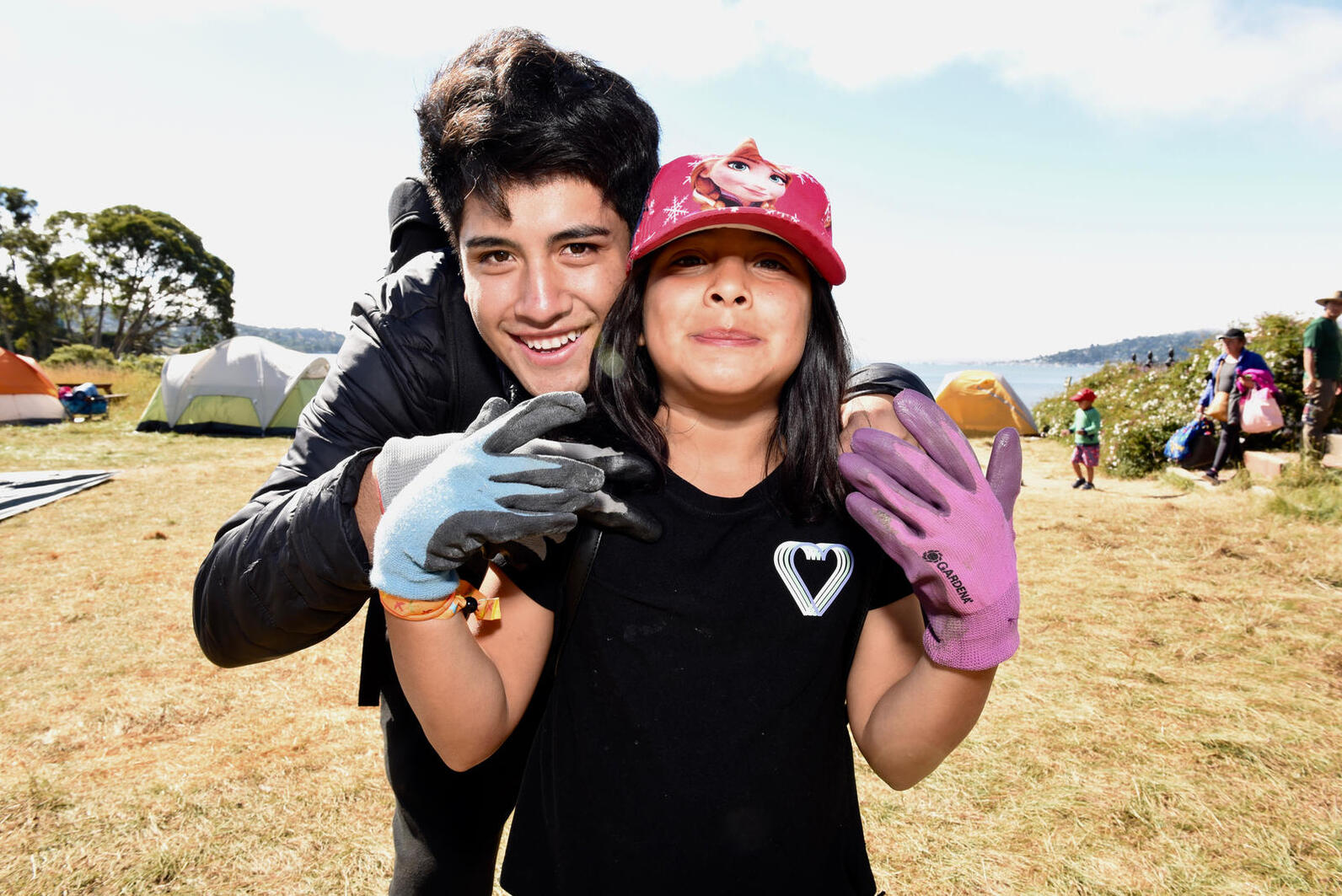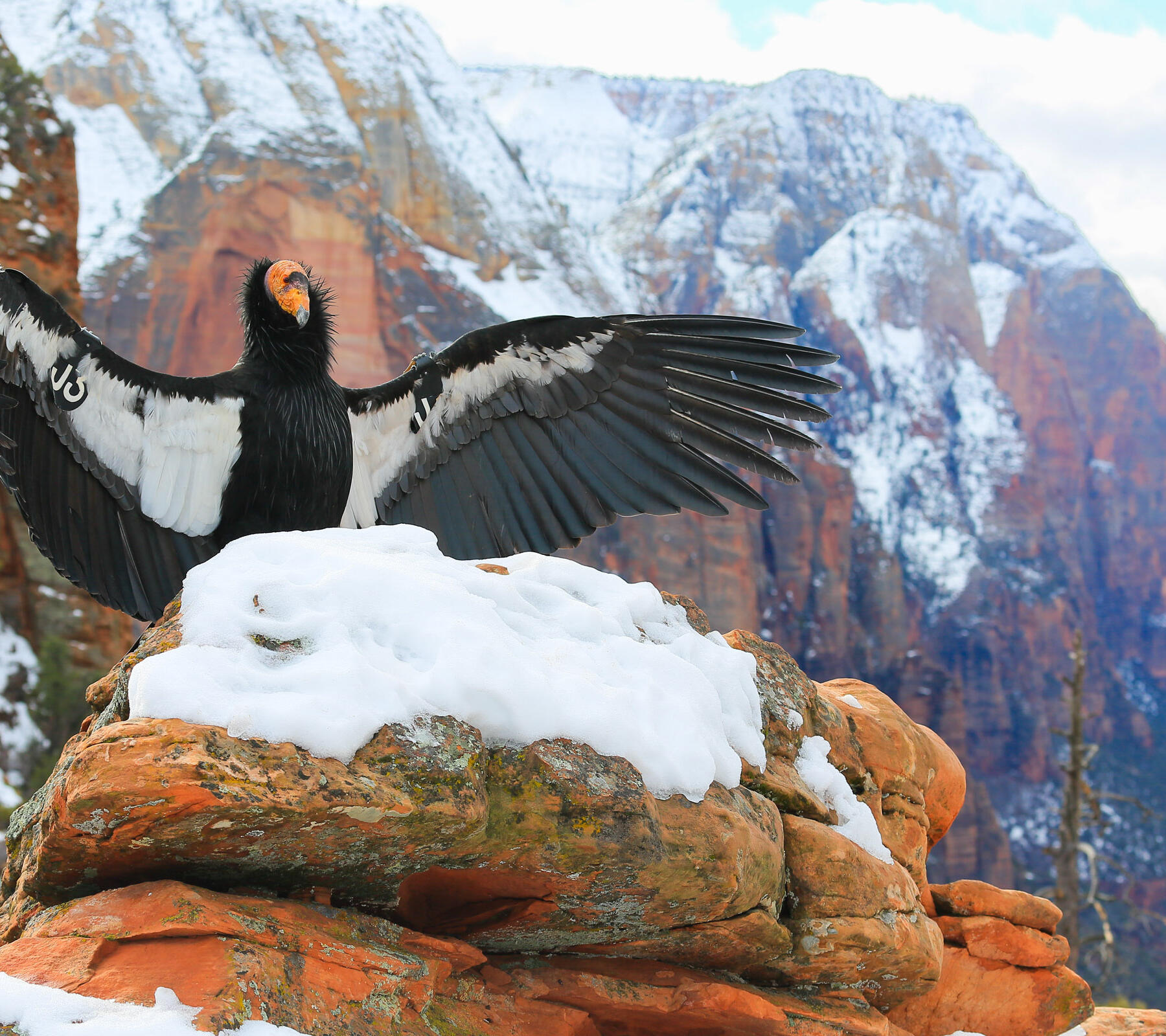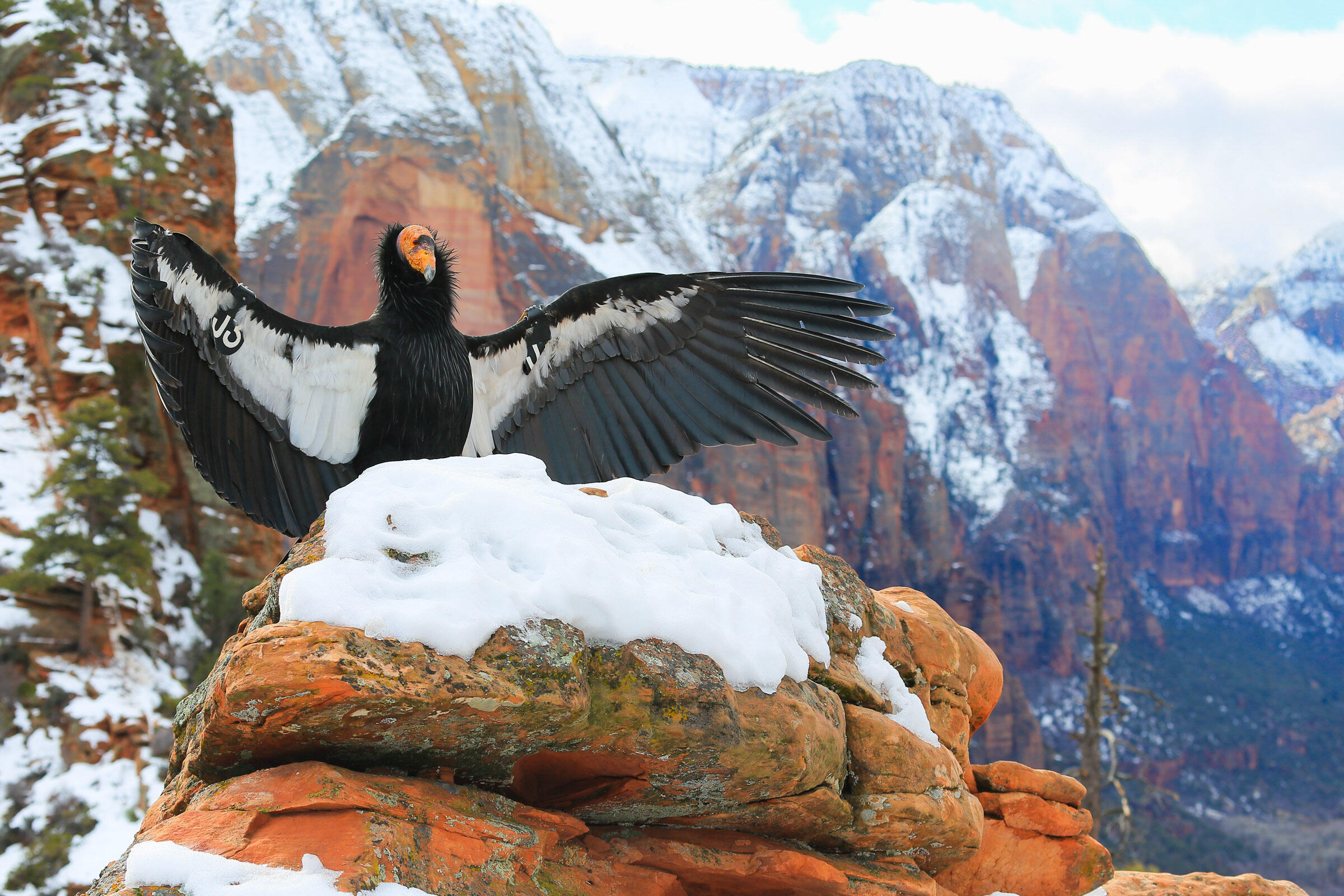With a plurality of voices, we will inspire more people to come together to protect birds and the places they need.
Photo: Frank Luke
The birds Audubon pledges to protect differ in color, size, behavior, geographical preference, and countless other ways. By honoring and celebrating the equally remarkable diversity of the human species, Audubon will bring new creativity, effectiveness, and leadership to our work throughout the hemisphere.
In order to achieve these goals, Audubon California has made equity, diversity, inclusion, and belonging an organizational imperative. Protecting and conserving nature and the environment transcends political, cultural, and social boundaries. Respect, inclusion, and opportunity for people of all backgrounds, lifestyles, and perspectives will attract the best ideas and harness the greatest passion to shape a healthier, more vibrant future for all of us who share our planet.
We are committed to increasing the diversity of our staff, board, volunteers, members, and supporters, and fostering an inclusive network within Audubon California's Centers and Chapters in all communities, from rural to urban. We respect the individuality of each member of our community, and we are committed to a workplace free of any kind of discrimination based on race, color, religion, sex, age, sexual orientation, gender identity and expression, disability, national or ethnic origin, politics, or veteran status.
Audubon California is committed to cultivating a workplace community free of discrimination based on gender identity and expression, where all of our flock feels welcome and seen. Audubon recognizes it’s important to never assume someone else’s gender. To that end, we implemented a voluntary initiative for all employees to share their pronouns in email signatures and interactions to create a more affirming workspace. More people proactively sharing our pronouns, regardless of gender identity or expression, fosters a workplace where the conversation is routine rather than a point of difference. Audubon California's employees of all gender identities and expressions are encouraged to participate, so transgender (including non-binary), gender non-conforming, intersex, and agender people don’t have to bear the weight alone.

Whether we are in the field counting birds, engaging with youth on a habitat restoration project, or writing a grant report, equity is our daily work. Audubon California's staff in each of our offices, centers, and sanctuaries develop, evaluate, and improve our work programs and products based on principles of inclusion and equity. Here are some examples of this important work throughout the state of California.
Audubon Center at Debs Park – Los Angeles, CA
Debs Park staff launched Greening in Place: Protecting Communities from Displacement, a comprehensive resource for park developers, non-government organizations, local decision-makers, and community advocates to engage in equitable green infrastructure development. It will serve as a useful and impactful tool to advocate for investment and engagement with low-income communities and communities of color that have historically been excluded from and/or harmed by land use and environmental policy decisions.
Richardson Bay Audubon Center & Sanctuary – Tiburon, CA
The Audubon Youth Leaders program centers on improving access to nature for all young people throughout Marin County. This nine-month internship for high school students nurtures and develops leadership skills as well as cultivates a deep conservation ethic. While immersing teens in hikes, kayak trips, and work in the on-site native plant nursery, staff authentically engage them in conversations about the values they bring to the environment. This program cultivates the next generation of conservation stewards and recruits students from alternative education programs and the juvenile justice system.
Starr Ranch Sanctuary – Trabuco Canyon, CA
This sanctuary relies on the dedication of seasonal employees to help with the removal of invasive plants, grassland restoration projects, and songbird monitoring work. Audubon California staff have made it their mission to hire people from all over the United States with a focus on recruiting individuals underrepresented in the conservation field. To date, over 200 young people have worked at Starr Ranch Sanctuary, gaining invaluable professional and personal nature-based experiences.
Kern River Preserve – Weldon, CA
Near a rural and economically disadvantaged community close to the preserve, Audubon California staff are establishing a new public access trail that will be more accessible to schools, families, and visitors. To ensure Native American cultural resources on the property are protected and properly interpreted, we’re in partnership with local tribal leaders.
Working Lands – Throughout the Central Valley
In partnership with environmental justice organizations, Audubon staff reviewed over 30 groundwater plans submitted under the Sustainable Groundwater Management Act. Using an equity lens, we assessed each plan to ensure there was fair weight given to disadvantaged communities and stakeholders as well as adequate planning for clean drinking water, combatting climate change, and protecting the environment.
Field Offices - Sacramento and San Francisco
Audubon California’s finance, development, and leadership teams know that we need to do business differently to elevate diversity and inclusion. To that end, our staff make sure we support women and minority-owned vendors, contractors, and businesses whenever possible. We also support locally owned small businesses for many of our events.


Photo: Madison Roberts
Growing up in the Philippines, Justine Villanueva shares her journey of leaving her homeland and healing her belonging through decolonization, learning to dwell, and connecting to birds.
Viral makeup tutorial, bird drag looks, and special interview with L Y L E, drag queen and Disney Prince.
An anti-displacement guide for green infrastructure development.
We are proud to have so many amazing, talented women at Audubon California.
To celebrate Women’s History Month, we’re introducing you to the incredible women ranchers in California who are enrolled in Audubon’s Conservation Ranching Initiative. We asked questions, and they responded with fun, insightful, and birdy answers.
How listening to birds can rehabilitate a child's ability to pay attention.


Photo: National Audubon Society
Ensure birding is for everybody and every body! This map catalogs the physical accessibility of birding sites and hiking trails, created with Birdability.
The Los Angeles Times has a strong story out today about how patience is running out for the state to make good on its promises at the Salton Sea:
Assemblyman Eduardo Garcia watched with ill-disguised frustration as a hearing aimed at expediting state projects to restore habitat and control dust storms at the shrinking Salton Sea instead dissolved into discussion of why the efforts were falling further behind schedule.
"We have a plan, we have money, there is additional money lined up, and we have a constituency — myself included — that is running out of patience," Garcia (D-Coachella), chairman of the Assembly Committee on Water, Parks and Wildlife, said.
Local television station KMIR today launched the first in a series of pieces about the Salton Sea. Today's piece is about the history of the Sea. Learn more about our efforts to find a solution at the Salton Sea here.
Clearly, the Desert Sun has had it with the state's inability to get projects moving at the Salton Sea:
This harkens to the years of “one more study is needed” that we’d wearily grown accustomed to as we witnessed the sea’s long decline, which shifted into overdrive with the end of Colorado River water inflows at the close of 2017.
Still, it is shocking to hear this type of refrain so shortly after the state finally stepped up with its plan to fulfill its commitment to sea restoration under the 2003 Quantification Settlement Agreement that has shifted the water that had been replenishing the sea to thirsty urban customers.
Get to work, folks. Promises were made and the state cannot let the now more-rapidly receding sea spiral into an ecological and environmental disaster which will have effects far beyond its own shores.
Audubon Calfornia's Frank Ruiz talks about the need for the everyone to pull together to avert an ecological crisis at the Salton Sea -- to protect people and birds at the Salton Sea. Thanks to the Walton Family Foundation for putting this video together. Learn more about our work at the Salton Sea.
The California Water Resources Control Board yesterday heard a presentation from state officials on their progress toward meeting their goals for habitat restoration and dust control at the Salton Sea. According to an agreement completed late last year, the state must complete work on 500 acres by the end of the year, but there is little indication that it will reach even that modest goal.
Micheal Lynes, Audubon California's policy director, had this to say after the hearing:
"The deterioration of the Salton Sea continues, and the rate of progress on the Salton Sea Management Program (SSMP) is not keeping up with the rapidly changing conditions. We encourage the State Water Resources Control board to work closely with state officials to ensure that upcoming deadlines are met– including constructing 500 acres’ worth of projects at the sea by the end of 2018.”
Michael Cohen, senior associate at the Pacific Institute, added:
"While the state has taken some steps towards implementing the Salton Sea Management Program, the rate of the progress is not nearly enough to keep up with the sea's decline. It is imperative that the State Water Resources Control Board hold the state to its commitment to build habitat and dust control projects at the Salton Sea, this year.”
Terrific op-ed in Water Deeply from Allison Harvey Turner Allison Harvey Turner, of the S.D. Bechtel Jr. Foundation, and Barry Gold, of the Walton Family Foundation, about the State of California's recent progress addressing the environmental and public health crises at the Salton Sea:
"At the Salton Sea, the state has the opportunity to demonstrate its commitment to supporting human health, a resilient environment, a strong economy and a sustainable water strategy for Southern California. Now, promising plans on paper must turn into critical progress on the ground. We are closer than ever to solving the Salton Sea crisis. This is the time for diligence and dedication to make it happen."
Our newsletter is fun way to get our latest stories and important conservation updates from across the state.
Help secure the future for birds at risk from climate change, habitat loss and other threats. Your support will power our science, education, advocacy and on-the-ground conservation efforts.
California is a global biodiversity hotspots, with one of the greatest concentrations of living species on Earth.